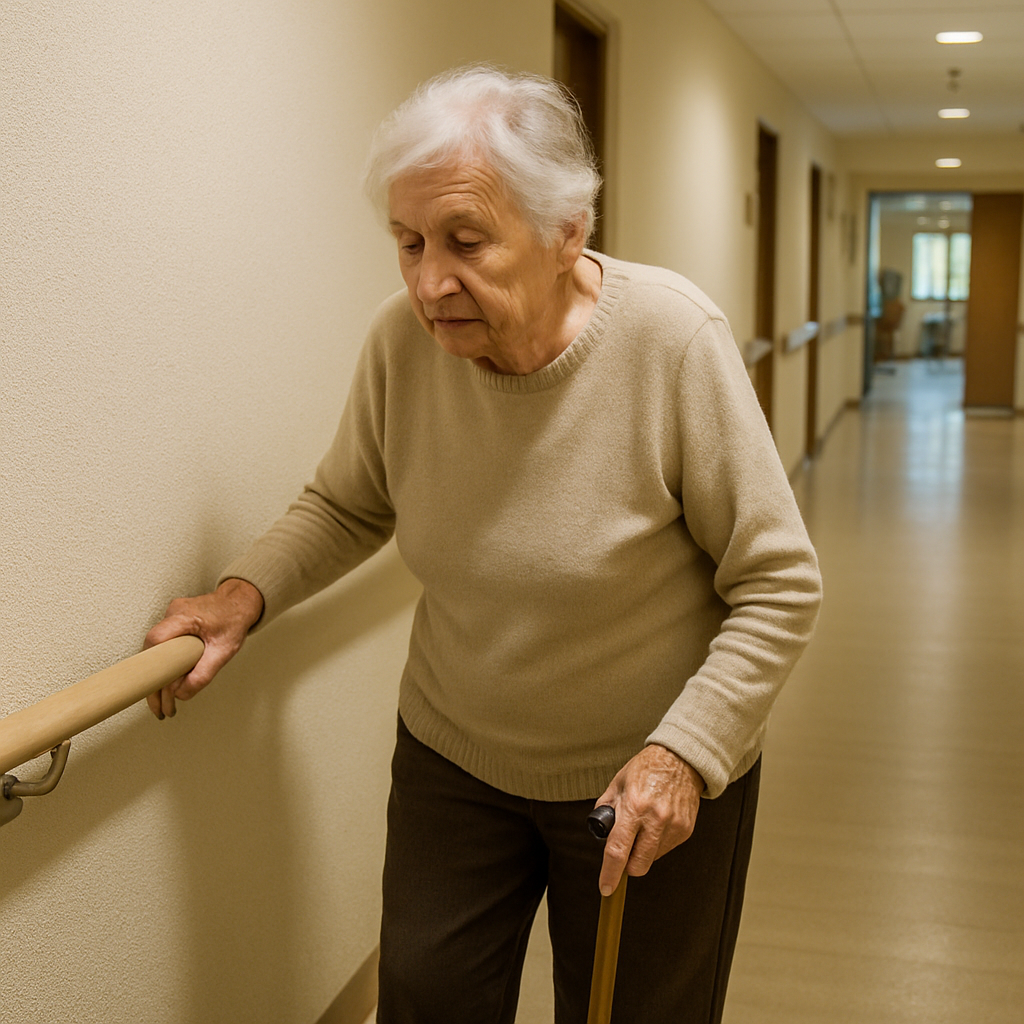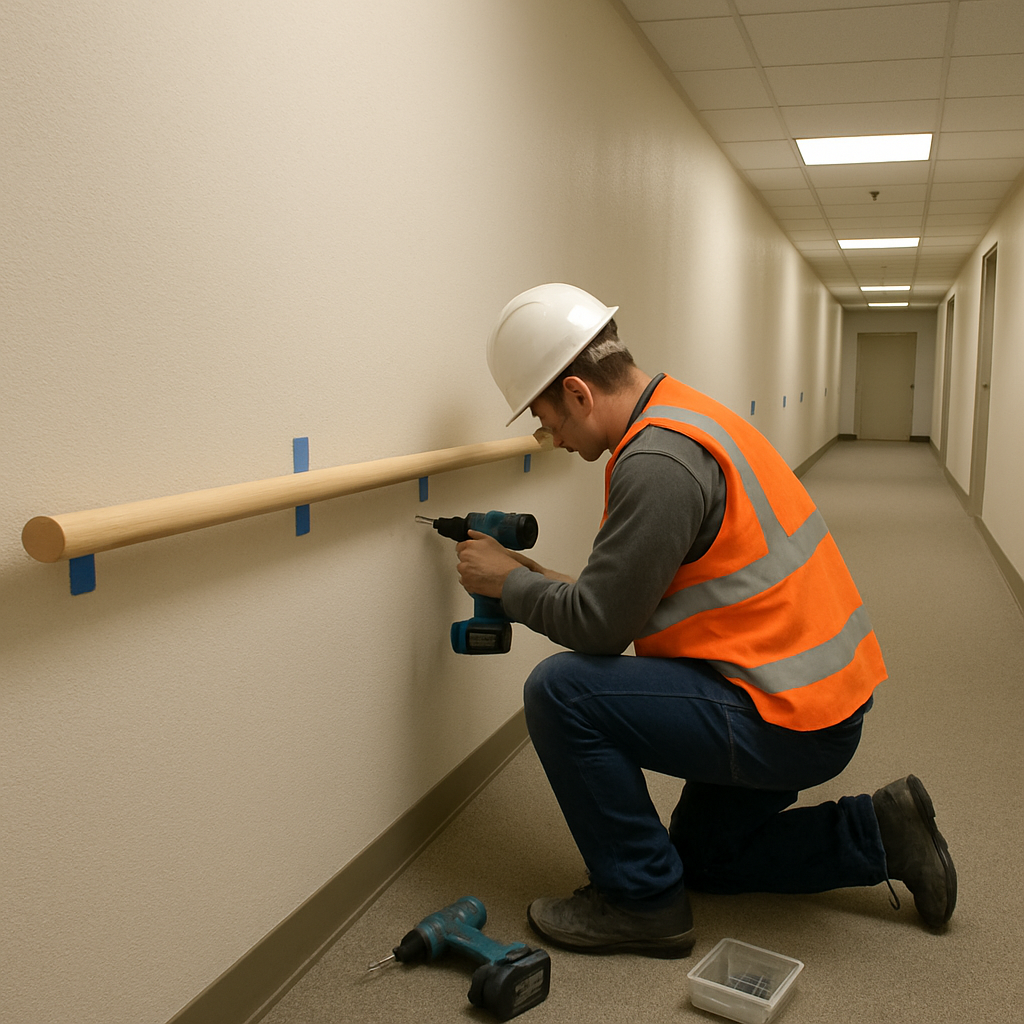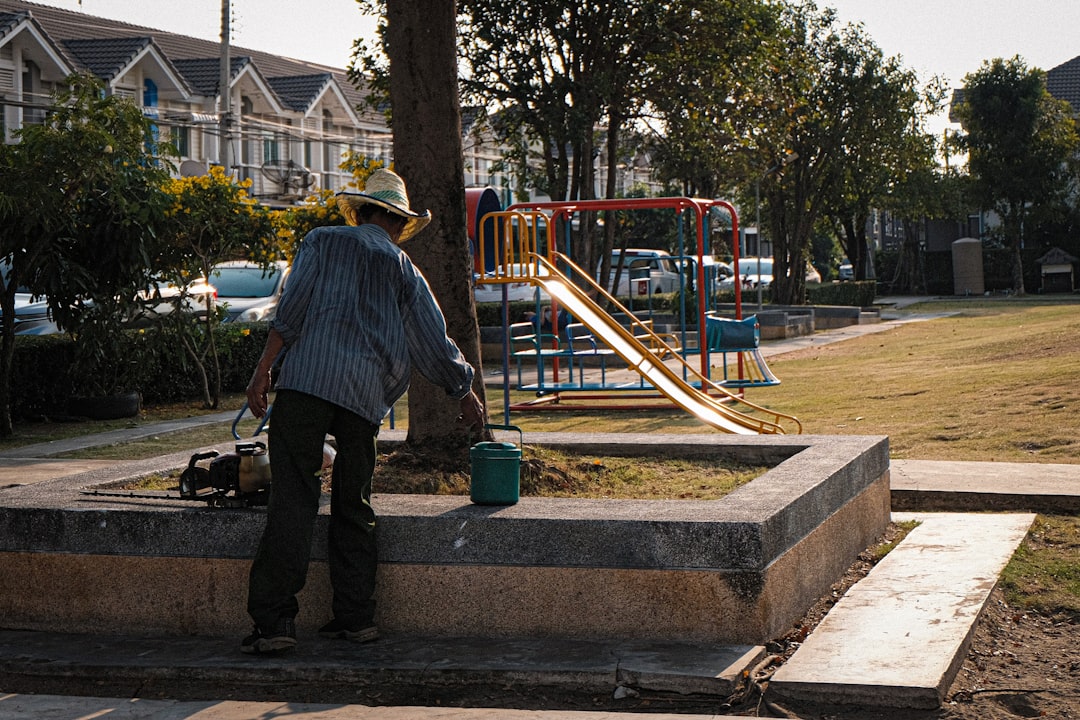 Service Hotline:13510328459
Service Hotline:13510328459
 205-206, 2nd Floor, Building 2, Xiazao Village Industrial Zone, Gaofeng Community, Dalang Street, Longhua District, Shenzhen City
205-206, 2nd Floor, Building 2, Xiazao Village Industrial Zone, Gaofeng Community, Dalang Street, Longhua District, Shenzhen City
 Service Hotline:13510328459
Service Hotline:13510328459
 205-206, 2nd Floor, Building 2, Xiazao Village Industrial Zone, Gaofeng Community, Dalang Street, Longhua District, Shenzhen City
205-206, 2nd Floor, Building 2, Xiazao Village Industrial Zone, Gaofeng Community, Dalang Street, Longhua District, Shenzhen City
Time:2025-09-12 Preview:
Ensuring the safety and comfort of elderly residents in nursing homes is a top priority. One of the essential safety features in these environments is the installation of handrails. Handrails offer support and stability, reducing the risk of falls and enhancing mobility for residents. In this article, we will explore the importance of nursing home elderly handrails, the types of handrails available, and a guide to installing them effectively.

Handrails in nursing homes play a vital role in providing safety and independence to elderly residents. As people age, their balance and strength may decline, making them more susceptible to falls. Installing handrails can help mitigate these risks by offering a steady support system.
Handrails are crucial for enhancing the mobility of nursing home residents. They allow individuals to move around more freely and confidently. Whether it is walking down a hallway, navigating stairs, or getting in and out of a bathtub, handrails provide the necessary support to maintain balance and prevent accidents.
For elderly residents, maintaining a sense of independence is essential for their well-being. Handrails enable them to perform daily activities with minimal assistance, boosting their confidence and self-esteem. This increased independence can significantly enhance their quality of life.
Falls are a common and serious problem in nursing homes. They can lead to injuries such as fractures, head trauma, and even death. Handrails serve as a preventive measure, reducing the likelihood of falls and related injuries.

There are various types of handrails available for nursing homes, each with its own unique features and benefits. Selecting the right handrail depends on the specific needs of the residents and the layout of the facility.
Wall-mounted handrails are a popular choice in nursing homes. They are installed directly on the walls and are ideal for hallways and staircases. These handrails are typically made of stainless steel, wood, or aluminum, offering durability and strength.
Grab bars are another essential type of handrail commonly used in bathrooms and near beds. They provide additional support when residents are getting in and out of the bathtub, shower, or bed. Grab bars come in various lengths and styles, including straight, angled, and folding designs.
In areas where wall-mounted handrails are not feasible, floor-mounted handrails are an excellent alternative. These handrails are anchored to the floor and provide sturdy support for residents. They are often used in open spaces or along paths where walls are not present.
Stair railings are specifically designed for staircases, providing support when climbing up or down the stairs. They are usually paired with wall-mounted handrails for added stability. Stair railings come in various designs, from simple and functional to decorative styles that enhance the facility's aesthetics.

Installing handrails in a nursing home requires careful planning and execution. Here is a step-by-step guide to ensure that handrails are installed safely and effectively.
Before installation, assess the specific needs of the residents and the areas where handrails are required. Consider factors such as the height of the residents, the layout of the facility, and any specific challenges posed by the environment.
Select the appropriate type of handrail based on the assessment. Ensure that the handrails are made of durable materials and meet safety standards. Consider the aesthetics of the handrail to ensure that it complements the overall design of the facility.
Accurate measurements are crucial for the safe installation of handrails. Measure the height and length needed for each handrail, and mark the installation points on the walls or floors. The standard height for handrails is typically between 34 and 38 inches from the floor.
Follow the manufacturer's instructions for installation. For wall-mounted handrails, use appropriate anchors and screws to secure the handrails to the wall. For floor-mounted handrails, ensure that the base is firmly anchored to the floor. Double-check the stability of each handrail after installation.
Once the handrails are installed, conduct a thorough safety inspection. Check for any loose fittings, sharp edges, or other potential hazards. Make any necessary adjustments to ensure that the handrails are safe and secure for use by the residents.
Educate the nursing home staff and residents on the proper use of handrails. Ensure that they understand how to use the handrails safely and effectively. Regular training sessions can help reinforce safe practices and prevent accidents.
Handrails are an indispensable safety feature in nursing homes, providing support and stability for elderly residents. By choosing the right type of handrail and following a careful installation process, nursing homes can enhance the safety and independence of their residents. With handrails in place, residents can move around with greater confidence, reducing the risk of falls and improving their quality of life.
